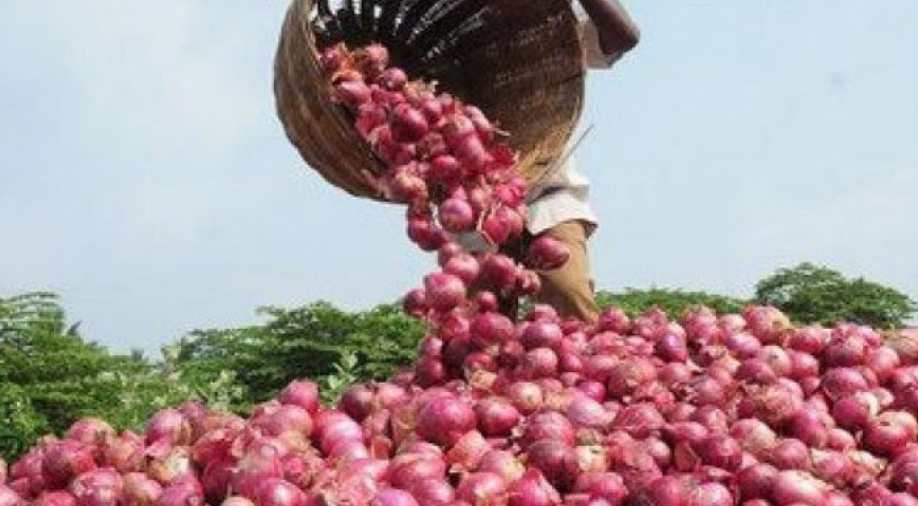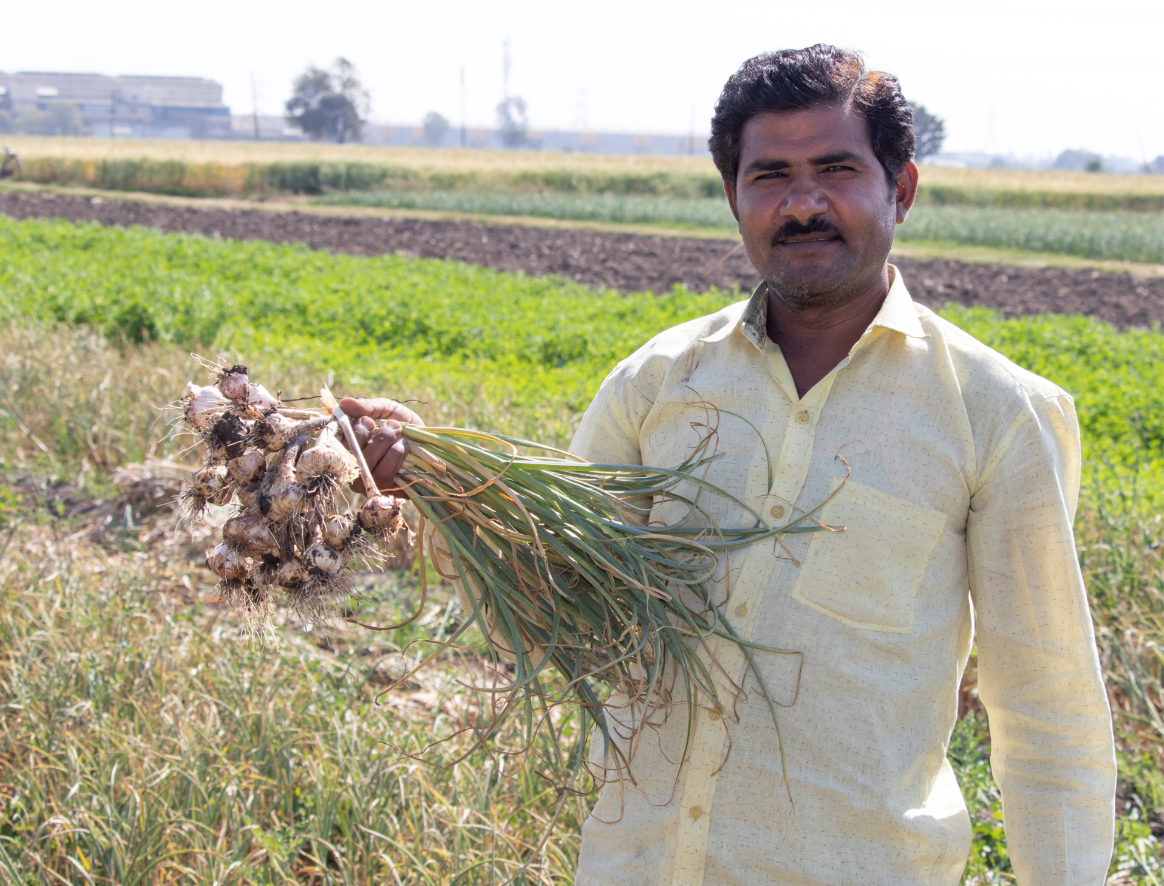It is a small insect which causes the most damage to the onion crop. Both its infant and adults suck the juice by hiding it in the cheekbones of the leaves. This forms yellow-white spots on the leaves, and in the later stages, the leaves shrink. This insect is yellow in their initial stages which turns dark brown later. Its lifespan is of 8–10 days. Adults live in a dormant state on an onion field, on the grass and other plants. In winter, thrips go into tubers and act as a source of infection the next year. These pests appear in large numbers on onion tubers during March-April. They suck the juice from leaves which makes them spiral and limits the plant’s growth. Sometimes their infestation remains on the tubers even during the storage.
Preventive measures –
-For control of thrips in onion, deep ploughing should be done in summer.
-Do not use nitrogen fertilizer in excess.
–Spray Profenophos 50 E.C. @ 45 ml or lambda-cyhalothrin 4.9% c.s. @ 20 ml or spinosed @ 10 ml or fipronil 5 s.c. with 15 litres of water per acre.
Share


